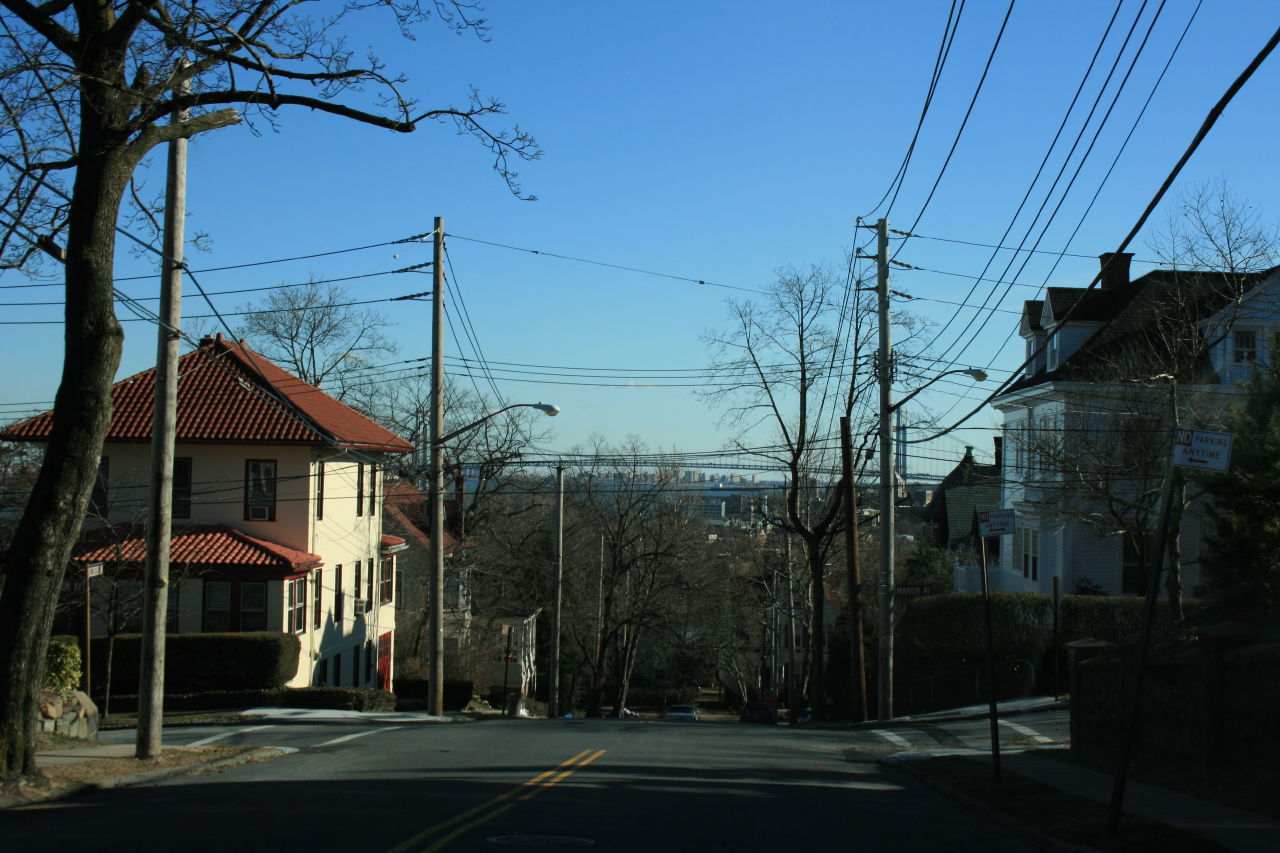History of Staten Island

Geologically, Staten Island was formed in the wake of the last ice age. In the late Pleistocene between 20,000 and 14,000 years ago, the ice sheet that covered northeastern North America reached as far south as present day New York City, to a depth of approximately the same height as the Empire State Building. At one point, during its maximum reach, the ice sheet precisely ended at the center of present day Staten Island, forming a terminal moraine on the existing diabase sill. The central moraine of the island is sometimes called the Serpentine ridge because it contains large amounts of serpentine group minerals.
At the retreat of the ice sheet, Staten Island was connected by land to Long Island because The Narrows had not yet formed. Geologists' reckonings of the course of the Hudson River have placed it alternatively through the present course of the Raritan River, south of the island, or through present-day Flushing Bay and Jamaica Bay.

In the 16th century, the island was part of a larger area known as Lenapehoking that was inhabited by the Lenape, an American Indian people who speak their own languages within the Algonquian languages group, and who were later named the "Delaware" by Europeans.[7] The band that occupied the southern part of the island was called the Raritan. To the Lenape, the island was known as Aquehonga Manacknong and Eghquaons (Jackson, 1995). The island was laced with foot trails, one of which followed the south side of the ridge near the course of present day Richmond Road and Amboy Road. The Lenape did not live in fixed encampments, but moved seasonally, using slash and burn agriculture. The staples of their diet included shellfish, including the oysters that are native to both Upper New York Bay and Lower New York Bay.